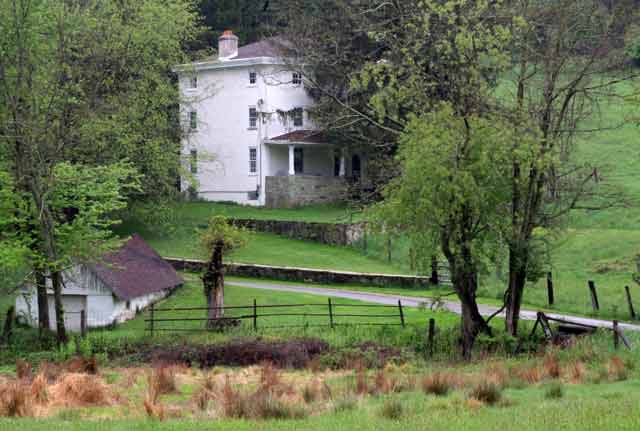
If you are looking for new places to photograph (and what photographer isn’t?), consider historic sites. I’m not referring to the well-worn (some would say clichéd ) places like the memorials in Washington or the Alamo or the Old North Church in Boston. There’s nothing photographically wrong with those places, especially if you can find a unique way to view them.
I think it’s more fun and rewarding for the photographer, and more interesting for those who view your pictures, to go to places that most people rarely see or think about. Start your own photo project by getting on those less traveled roads to little known historical places.
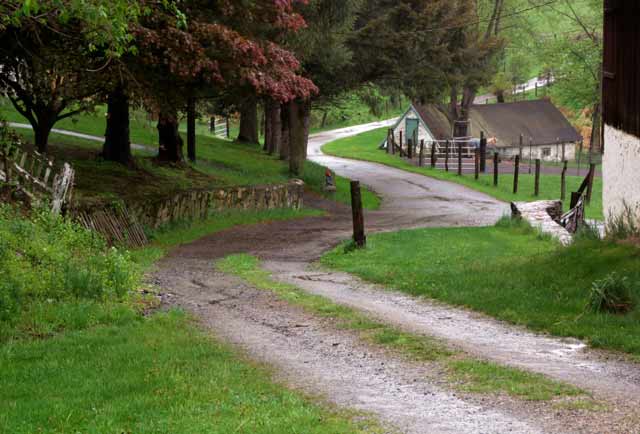
I also recommend finding historic sites that relate in some way to your interests other than photography, such as art, music, architecture, politics or science.
Your love or knowledge of these subjects will influence how you approach the destination and improve your photography of them. For example, I have been several times to the Kuerner farm in Chadds Ford, Pennsylvania, where the late artist Andrew Wyeth made more than 1,000 drawings and paintings.
It is not marked on maps or listed in guidebooks, and has only been open to the public on a very restricted basis in the past couple of years.
I was attracted to Kuerner’s because I had admired Wyeth’s works since my childhood, and I long ago fell in love with the rural countryside of southeastern Pennsylvania, just as Wyeth did. It was a thrill to view and photograph some of the same scenes that Wyeth painted so beautifully years ago.
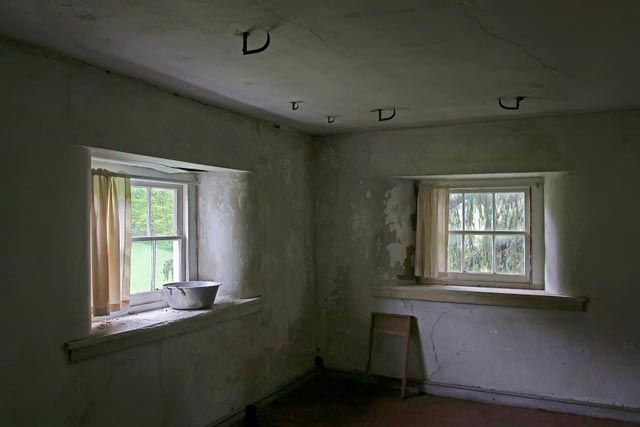
It is a rare place indeed that can’t be found with an internet search. Start with the state and city tourism bureaus of the place you live or will visit.
There are thousands of specialized websites that can help; if your passion is fishing, for example, you could visit Historic Fishing, which has an online gallery of 12,000 historically important images related to fishing, most identified by location.
The National Register of Historic Places (http://www.nps.gov/nr/) lists the Kuerner Farm and some 80,000 other properties – buildings, sites, structures and objects. Its website can be searched by name, location, activity or topic. This reference alone could keep your active with new photo adventures for a long time.
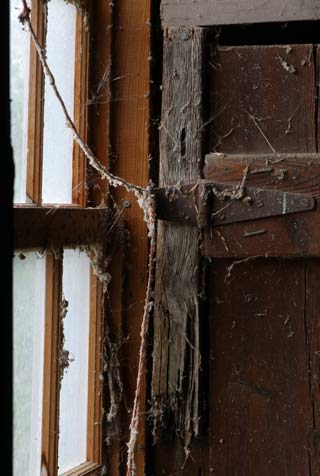
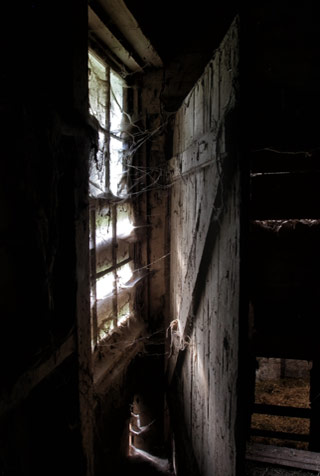
Don’t write off a place just because it’s on private land or not open to the public. A web search on “Kuerner farm” told me immediately that the property is now managed by the Brandywine Conservancy through the Brandywine River Museum in Chadds Ford.
I called the public affairs person at the museum, and she agreed to take me on a private tour of the old Kuerner house, where Wyeth painted Winter 1946, Evening at Kuerners (1970), Young Bull (1960), Spring Fed (1967), Overflow (1978) and many others.
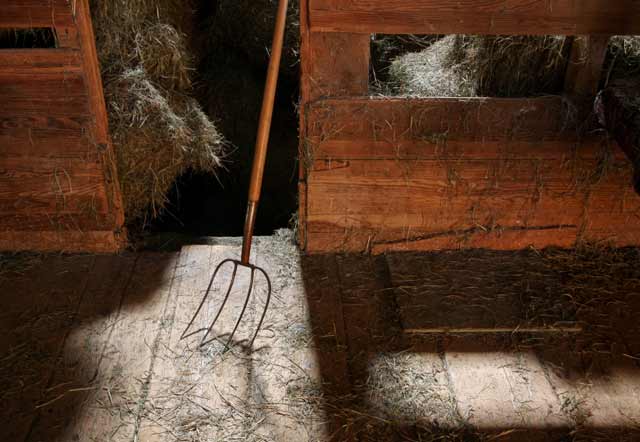
Photograph objects to help tell a story
The tour was too brief to allow much photography, but afterward I met Karl Kuerner III, the grandson of the late Karl Kuerner Sr., whom Wyeth painted so memorably.
I returned on my own the next day and Kuerner was there feeding his farm animals. After gaining his confidence, he essentially gave me carte blanche to photograph in his barn and on the grounds whenever I liked.
I have tried to repay Kuerner, himself a noted local painter, by sending him copies of pictures I have made on his property, as well as portraits of him and his father, Karl Jr. I’m often surprised at the permissions I can get through persistence, being polite, and acting responsibly.
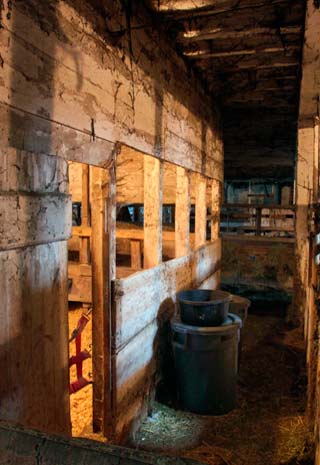
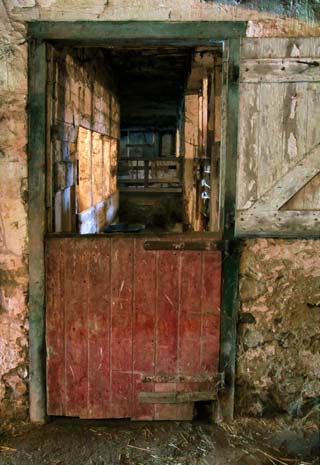
I’ll never forget the feeling of awe and privilege that I felt standing in the kitchen of the Kuerner farmhouse, where the German immigrant and his wife, Anna, ate their meals, and where Wyeth painted the haunting and enigmatic Groundhog Day more than a half-century ago.
Now I stood there, not with a paintbrush, but with a camera. Andrew, Karl and Anna were dead, but their memories permeated the place. I was hoping their ghosts would appear in my photographs of it!
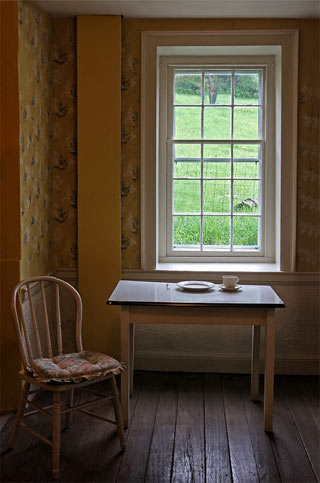
Ways and Means to Making Interior Images
Many of my photos from the Kuerner farm were made in the house and the barn, which were quite dark. Here’s what I recommend for such places:
1. Use a tripod for every shot.
2. Carry your widest lens and a mid-range zoom.
3. Try to avoid extreme contrasts such as a window flanking a dark wall.
4. Consider using high dynamic range (HDR) for those extreme contrasts.
5. If you can, make images of the same scenes at different times of the day.
6. Consider sharing your photos with the person or organization that helped you gain access to the location.
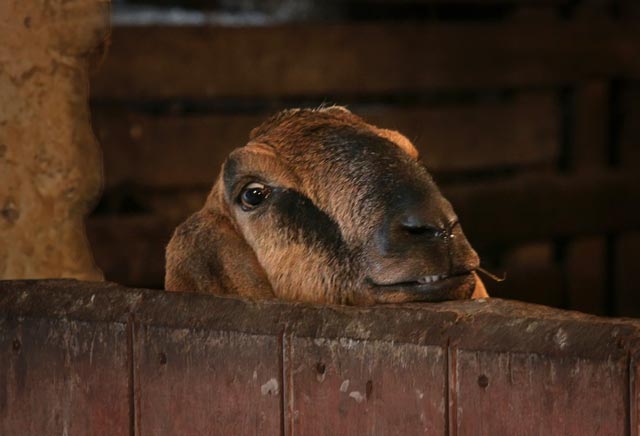
If historical places are still active, bring them to life with animals or people.
So by all means photograph the Liberty Bell when you are in Philadelphia and the Eiffel Tower when you are in Paris, but for some unforgettable images and moving experiences, make it a project to seek out and document the historical roads less traveled.
by Gary Anthes
All text & photos: © Gary Anthes. All rights reserved.

Leave a Reply